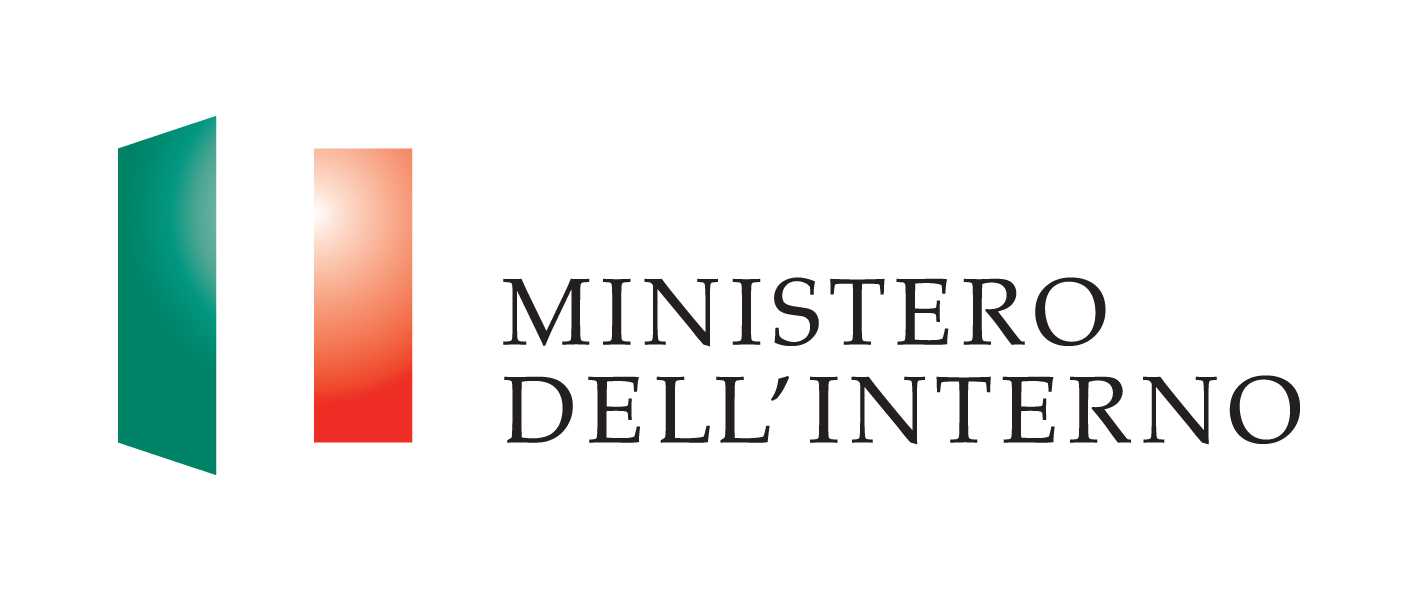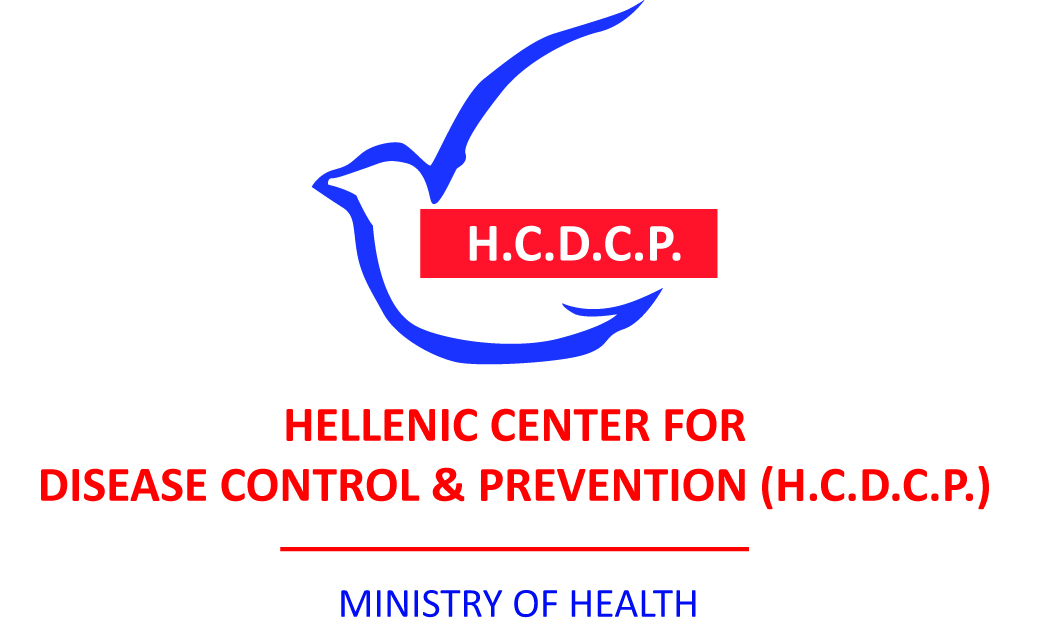-
Who We Are
WHO WE AREThe International Organization for Migration (IOM) is part of the United Nations System as the leading inter-governmental organization promoting since 1951 humane and orderly migration for the benefit of all, with 175 member states and a presence in over 100 countries.
IOM Global
IOM Global
-
Our Work
Our WorkAs the leading inter-governmental organization promoting since 1951 humane and orderly migration, IOM plays a key role to support the achievement of the 2030 Agenda through different areas of intervention that connect both humanitarian assistance and sustainable development.
- Where We Work
- Take Action
- Data and Resources
- 2030 Agenda
In line with DECISION No 1082/2013/EU of the European Parliament and of the Council on serious cross-border threats to health and repealing Decision No 2119/98/EC, the action’s overarching goal is to contribute to improving the capacity of EU Member States (MS) under particular migratory pressure to address the health-related issues of arriving migrants while responding to cross-border health events and strengthening epidemiological surveillance, monitoring, and early warning, including preparedness, response planning, and coordination of national policies.
The RE-HEALTH action aims at improving the capacity of EU Member States under particular migratory pressure to address the health-related issues of migrants arriving at key reception areas, while preventing and addressing possible communicable diseases and cross-border health events. The project is sub-divided into three key actions: electronic health database, exploratory phase, and implementation of the personal health record, and aims at achieving the following specific objectives:
- Establish links between key reception areas and the health systems in the target countries;
- Make use of the established Personal Health Record (PHR) and the accompanying Handbook for Health Professionals (HPs) to evaluate the health status and needs of arriving refugees and migrants;
- Ensure that health assessments and preventive measures are implemented, taking into account the needs of children and other vulnerable groups;
- Ensure that data initially collected through the PHR is stored in a database so that it is available at transit and destination countries.
For more information see the project's Infosheet and poster. The Final Public Report of the project is available here.















